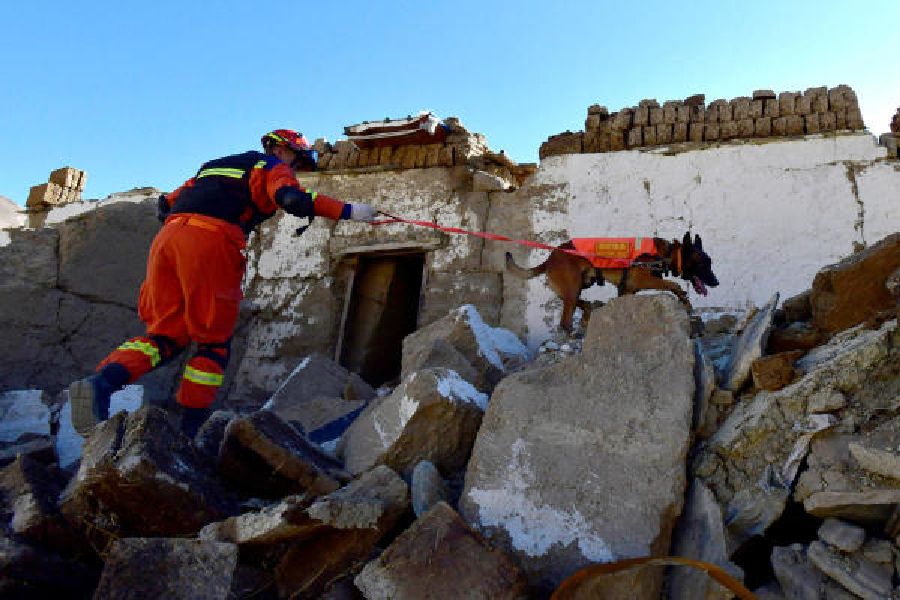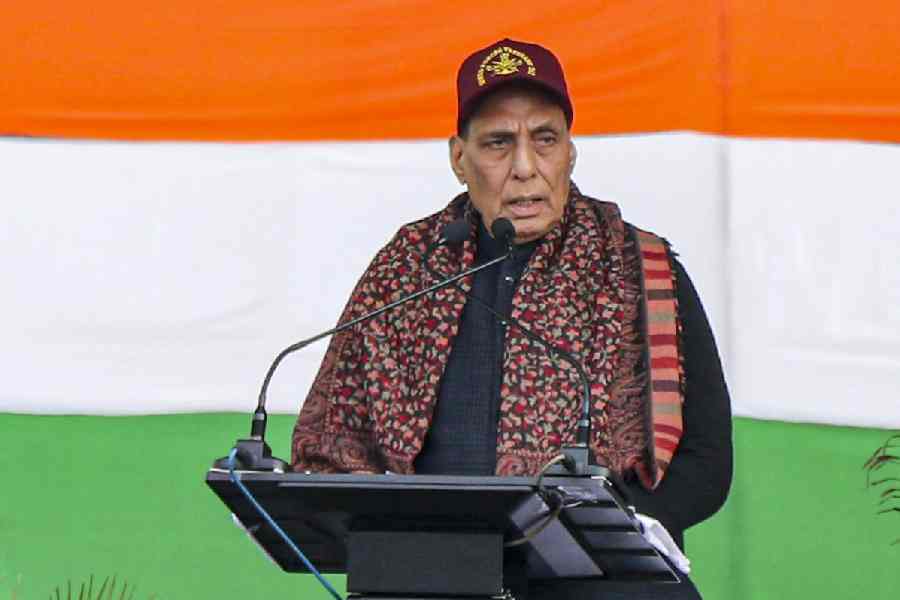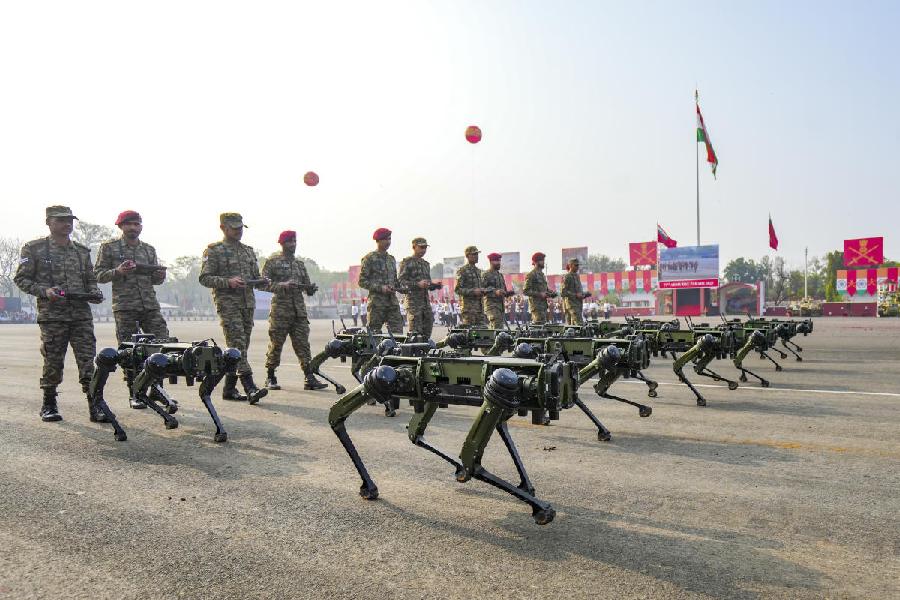Prime Minister Narendra Modi has urged scientists to work towards developing warning systems for earthquakes, however, researchers have asserted that accurate earthquake forecasts are currently not possible and emphasised the need for infrastructure protection to address seismic risks.
Modi, addressing an event on Tuesday to mark 150 years of the India Meteorological Department (IMD), said that advances in weather science and forecasts had helped minimise losses caused by natural disasters.
“There is also a need to develop warning systems for earthquakes… Scientists should work in this direction,” he said.
Large swathes of eastern and northern India along and close to the Himalayan mountains fall in what scientists classify as a high seismic risk zone. But scientists say earthquakes are currently impossible to predict with any usefulness due to their “non-linear” nature, where tiny changes in subterranean stresses can lead to sudden and unpredictable seismic events.
“For actionable forecasts, we need to precisely predict where, when and what magnitude an earthquake will occur,” said Malay Mukul, a professor in the department of earth sciences at the Indian Institute of Technology, Bombay. “Current knowledge doesn’t allow us to do this precisely.”
The precise sequence of events that culminate in a large earthquake remains unclear, said C.P. Rajendran, a geologist and adjunct faculty at the National Institute of Advanced Studies, Bangalore.
Earthquakes typically occur tens of kilometres below the surface of the Earth. “We don’t fully understand how underground rocks react to pressures and temperatures that they experience at those depths ahead of earthquakes,” he said.
Mukul and other scientists have long argued that the broad geographical areas of possible future earthquakes have been known through decades of seismic observations. For instance, the middle Himalaya segment is one such area that scientists say is primed for a large earthquake.
“The only realistic way to address the hazard at present is by adequately protecting infrastructure — all major installations, dams, powerhouses, commercial buildings, private homes,” said Mukul. “Without such protection, a precision forecast if hypothetically available might save lives, but not infrastructure.”
Designing or reinforcing buildings and infrastructure to withstand large earthquakes could help save lives, Mukul said.
However, Rajendran and others are hopeful that a combination of satellite imagery, seismic data, and artificial intelligence tools may help contribute to improvements in forecasting capability.
“Advances in satellite-based observations, seismic precursors like silent earthquakes before a great earthquake… augur well for prediction science,” Rajendran wrote in his commentary on the topic also published in Current Science two years ago.











